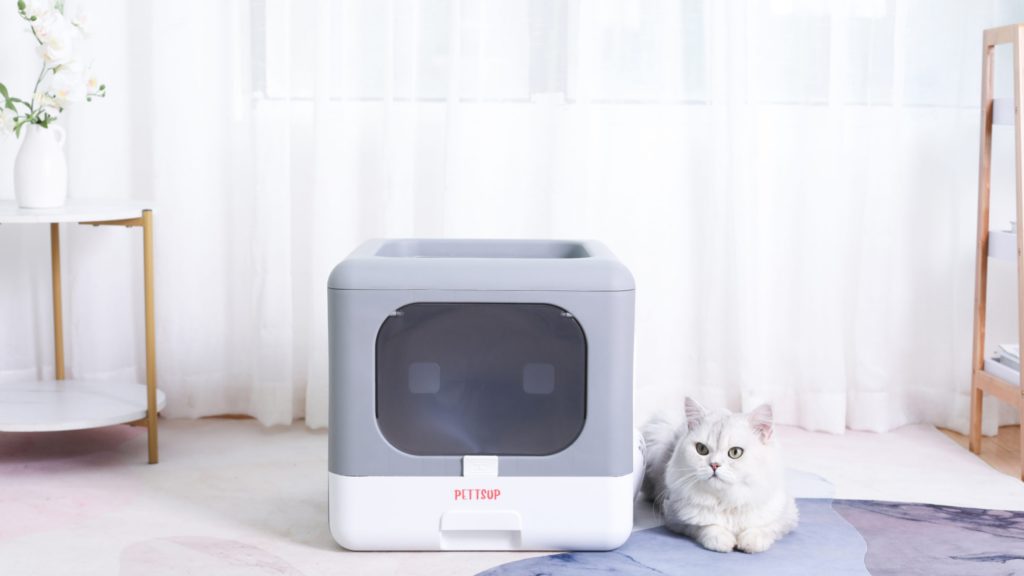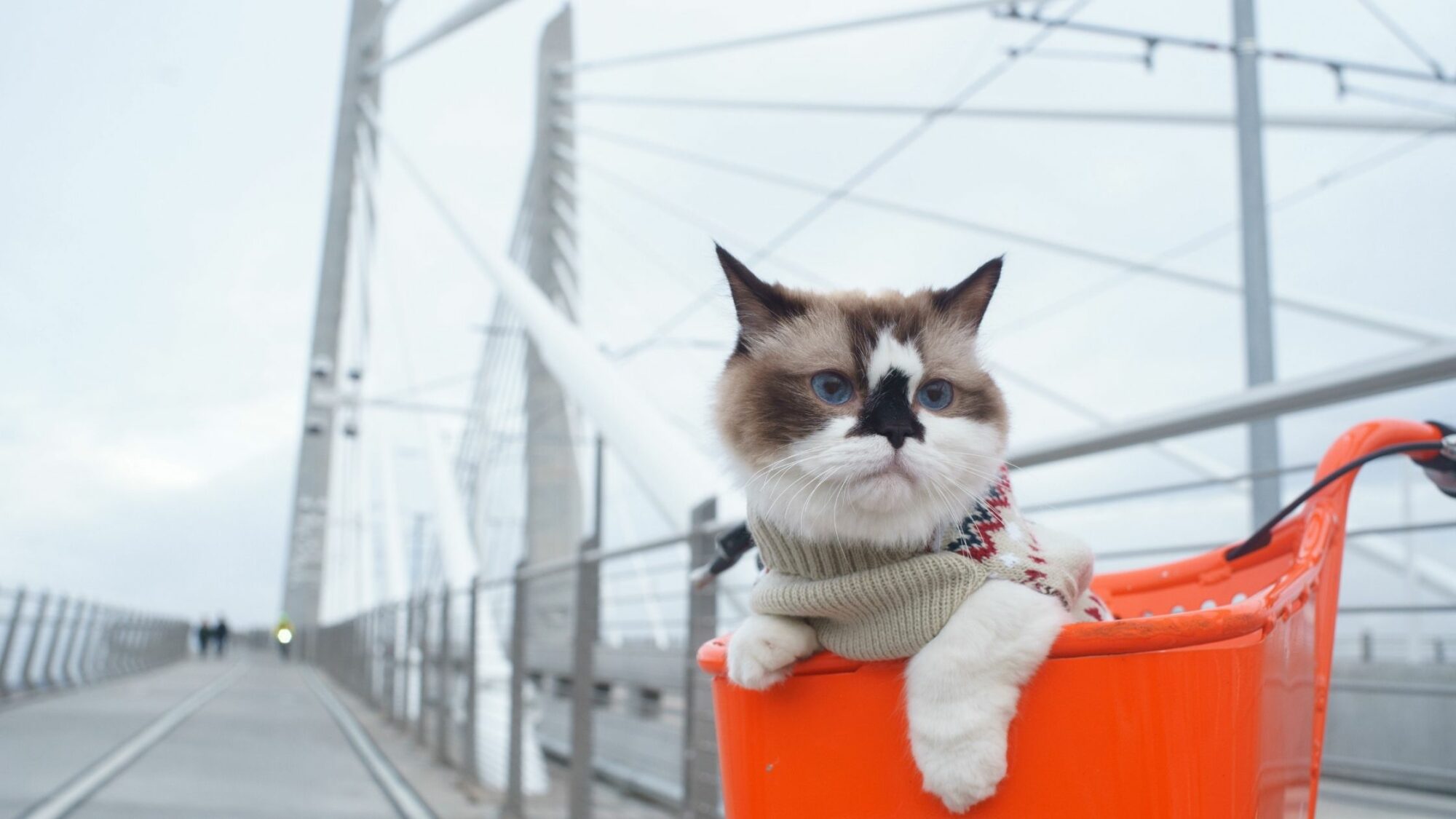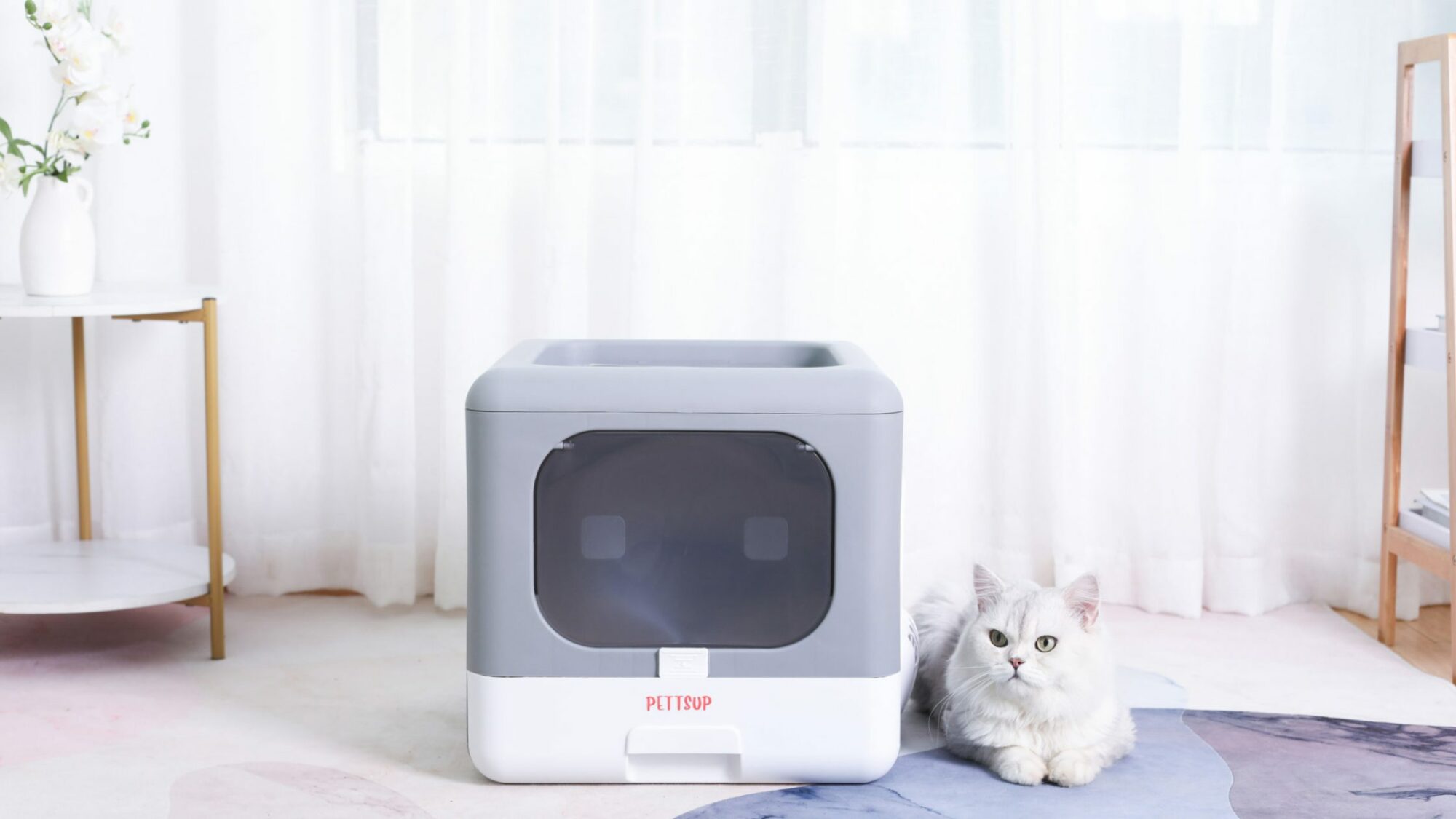Got a new litter box, but your cat won’t use it just yet? Don’t worry, here are a few tips and tricks we have compiled to ease the transition of a new litter box for your fussy fur babe. We hope to answer most of your questions regarding your new litter box, such as where to put it, why your cat won’t use it, as well as how to train your cat to use the new litter box.
Table of Contents
Reasons For Switching To A New Style of Litter Box
A cat parent may want to change their cat’s litter box for a number of reasons. The old litter box could be worn down over time and the odor could accumulate in some material that is impossible to get rid of. The style of some litter boxes could be kind of an eyesore to the aesthetics of your home.
No matter why you choose to change the style of the litter box, it is possible that your fur baby might be acting up after you switched styles of their potty environment. This is normal. Just like humans, our feline friends are stressed out by changes in the environment too, especially the environment where they conduct their business. Some cats pee around or outside of their new litter box, some use the litter box only for pee-pee or caca but not for both. Not to worry, below are some tips and tricks to minimize the stress for your fur baby and get it accustomed to its new washroom faster.
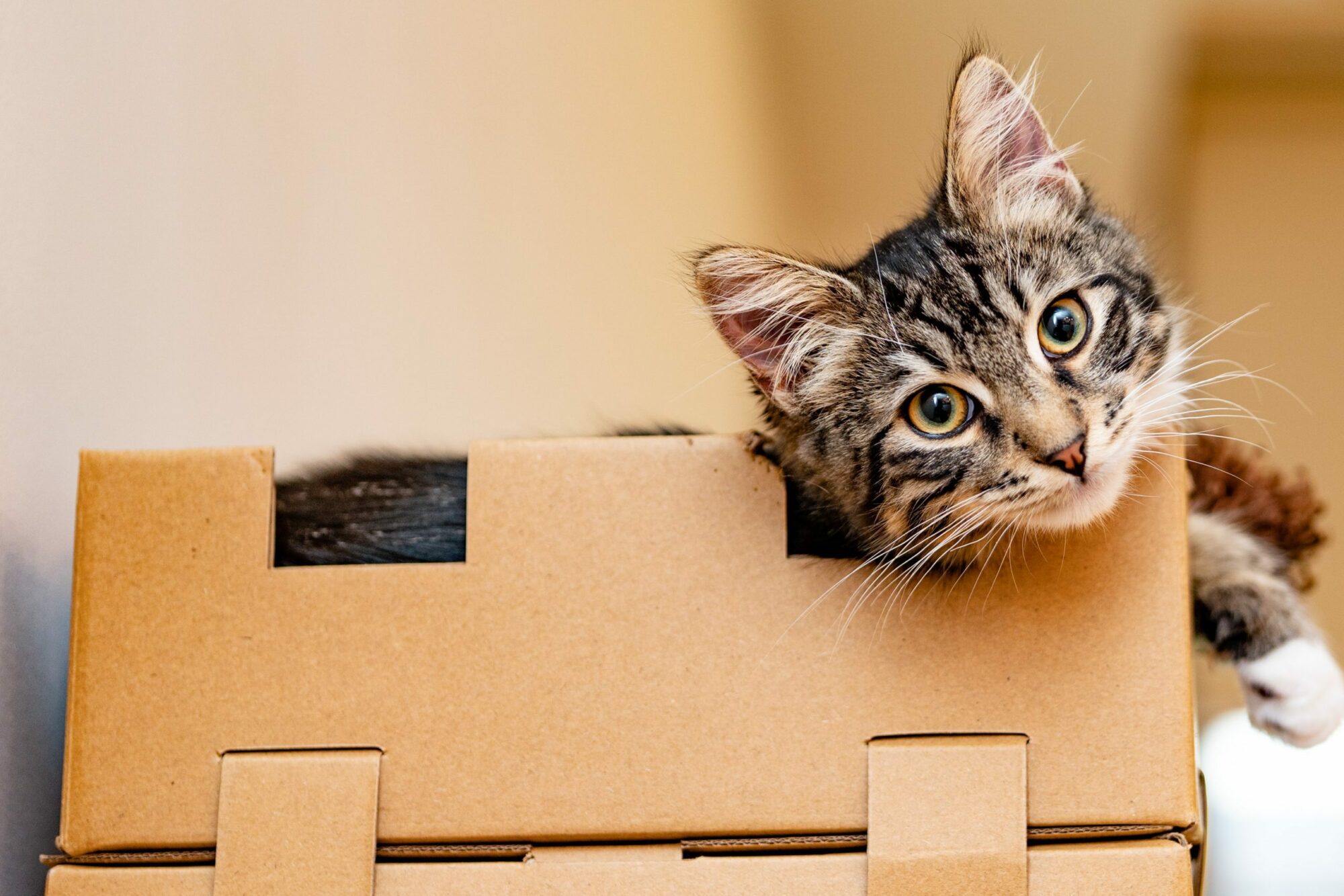
1. Control variables for the new litter box
Changes can be difficult, and facing them one at a time is the way to go.
When introducing a new type of litter box to your cat, it is advised to keep other variables constant. Meaning, same cat litter, same location, entrance/exit facing the same direction(s). Out of all the variables you are trying to hold constant, location is probably the most important one. Try putting the new litter box exactly where the old one is, facing the same way, filled with the same litter. Keeping all else constant will minimize the shock of a new litter box to your cat. The same theory applies to any new changes you want to introduce to your cat (or yourself!). Controlling variables also helps eliminate other potential causes of your cat’s unruly bathroom behavior.
Another thing you should pay attention to is the depth of the cat litter filled. If you are used to filling the litter tray with a certain fixed quantity of cat litter, that might need to be adjusted since the dimensions of the litter box may vary, and it is the depth of the litter filled that you want to keep constant. We advise measuring the depth of the old litter box that your cat is used to and matching that depth with the new litter box.
2. From Unhooded to Hooded/Enclosed
Cat owners might also want to change the litter box from unhooded to hooded or even fully enclosed for better odor control and cleanliness around the box. Many cat owners are warming up to the idea of a fully enclosed litter box with an odor trap vent as it will help manage the odor a lot better than traditional litter boxes, and it helps to prevent cats from carrying some litter with them upon exit. A fully enclosed litter box would also be practical for households that have a curious dog.
Some fear that cats generally don’t like hooded litter boxes as they need to keep a clear field of vision when they’re doing their business. Others say that cats like privacy during potty so a covered litter box is better. Apparently, both grounds are myths according to a paper published in 2014 on the Journal of Feline Medicine and Surgery. In the study, most cats didn’t have a preference for the style of the litter box as long as it’s kept clean. And cats who showed preferences in covered and uncovered litter boxes are pretty evenly distributed.
Introducing hooded or enclosed litter boxes to cats for the first time could be confusing since they do not recognize the shape of the new weird box as their toilet. You may need to take the hood or the enclosed top off and present the cat with only the litter tray first, then gently guide its paw in the litter so it can figure out that’s where the litter is when it needs to use it. When you see your cat getting onto the litter tray, gently cover the tray with the top hood and be careful not to startle the little fella. If your fur baby still protests, try it again in an hour.
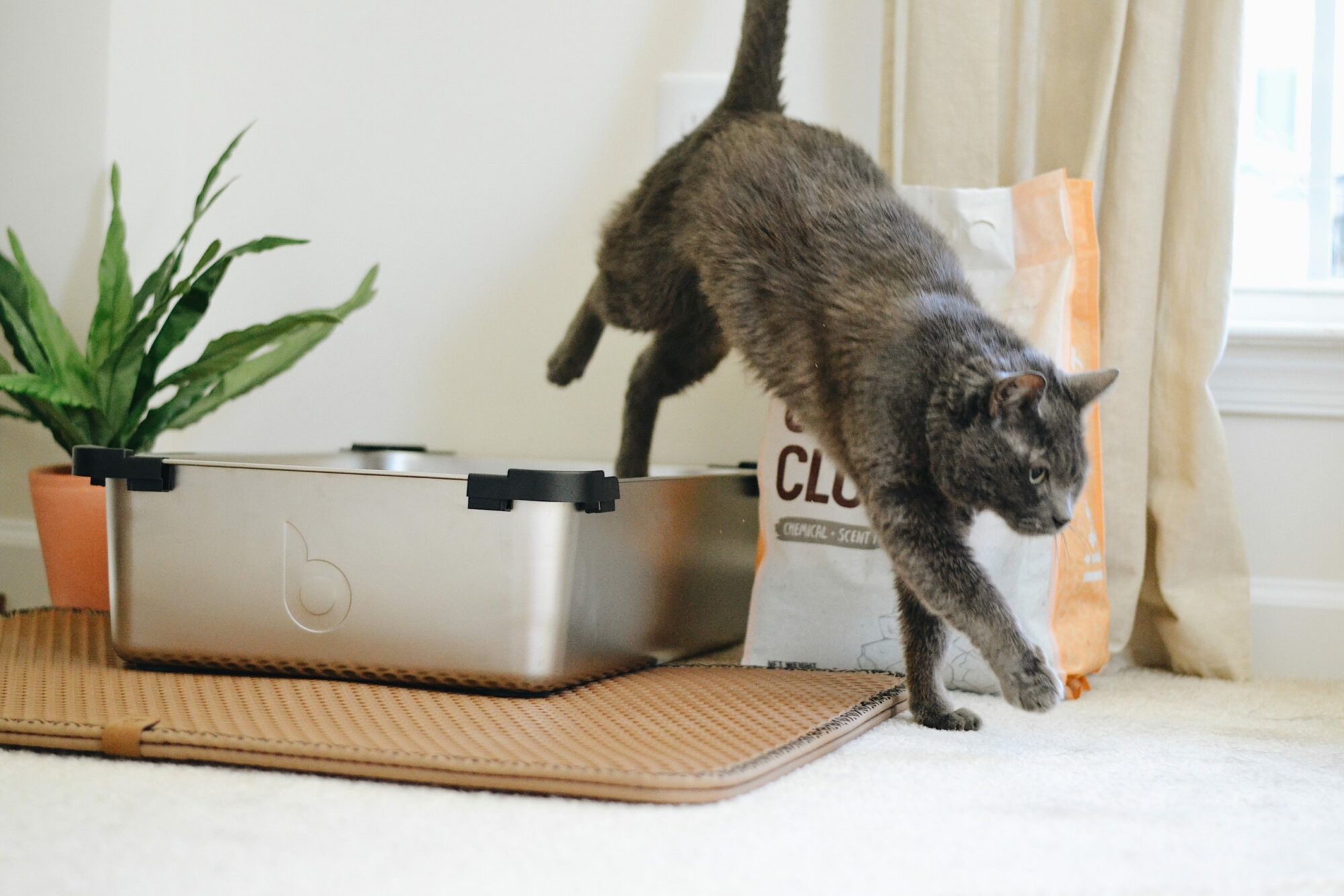
3. Think outside the box, so your cat can do it inside the new litter box
We all know that our sassy fur friends always like choices. Being forced to get accustomed to a new litter box may cause retaliation. If controlling constant didn’t work as well, don’t despair, we have another trick for you: Place the new litter box where the old one is (if it is not near any humming machines like the laundry room or near the dishwasher or a noisy fridge). Place the old one somewhere else that is less favorable. Upgrade the litter for the new litter box if budget allows, and make it obviously more appealing for your cat by cleaning it much more often than the old one. Offering your pet options can ease the pain of changes, and it may become a positive choice for change rather than a forced change that induces stress.
At the end of the day, you spend the most time with your cat, and I’m sure you know it best. So thinking outside the box to come up with your own tricks to incentivize your fur babe to guide any desired behavior is GOALS for any pet-owner relationship. If your cat is a sucker for catnip or a particular kind of canned food, use those for reward after your cat has done it in the right place. Not saying that you would but don’t ever yell at your cat (just in case), as it will cause more stress to the cat and more behavioral problems. Positive reinforcement is key.
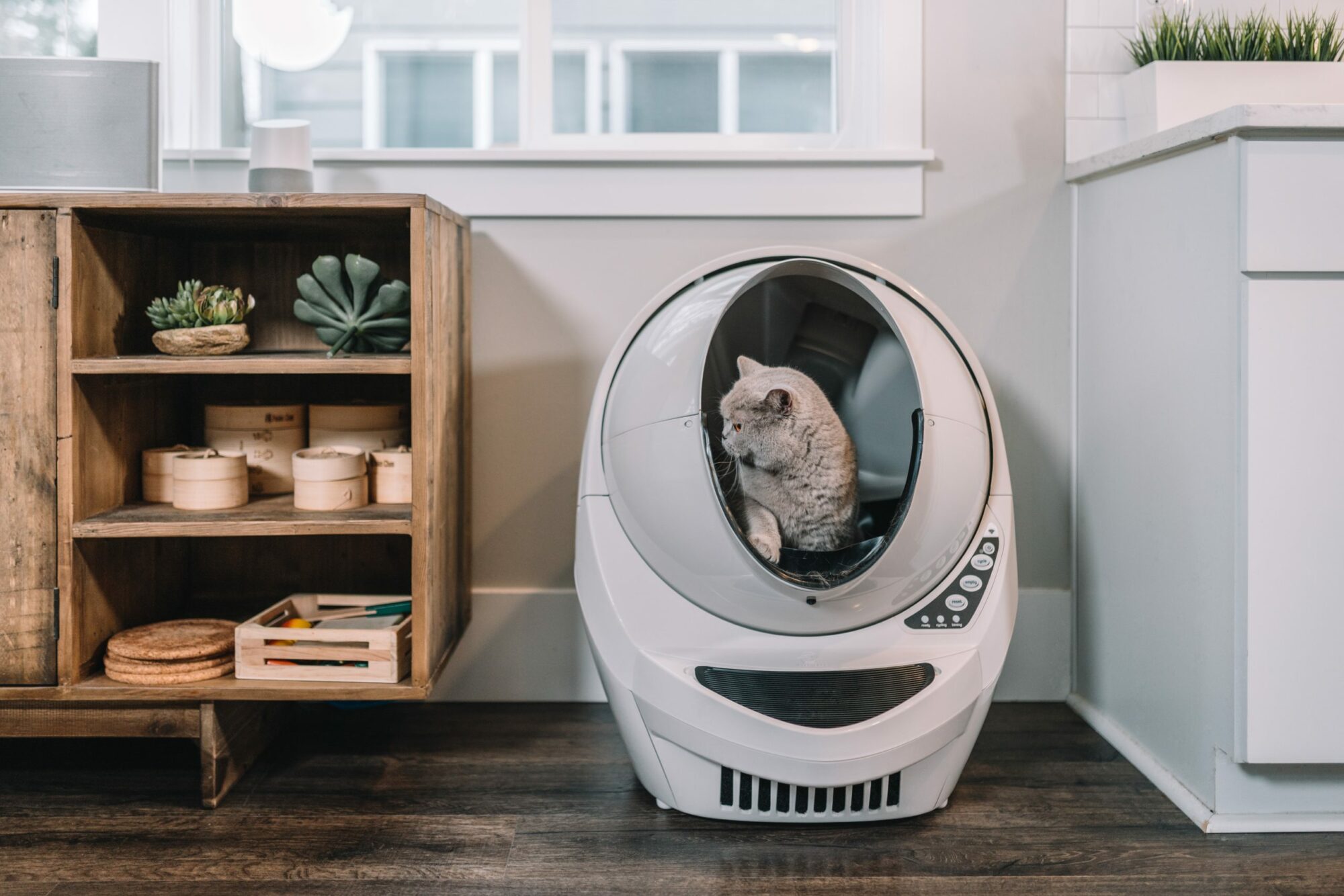
4. Know when it’s not your cat, it’s the box
Learning to choose the right litter box for your cat is essential in making your cat like its new toilet. Uncovered vs. enclosed, as discussed above, is usually not an issue. What might be an issue is the height of the entrance and exit on the litter box. If you have a more senior cat and it refuses to use a hooded litter box with a high entrance/exit, chances are moving and jumping hurts a bit for babe. Don’t hesitate to take your cat to the vet as many senior cats develop arthritis just like humans do.
If you still prefer a fully enclosed litter box, choosing one with a lower front entrance/exit is the way to go for both senior cats and kittens alike. Some litter boxes are designed with this issue in mind and offer double doors where kittens and senior cats can go in and out using the front door, and adult cats can exit from the top. Existing from the top can minimize litter carried out. For kittens that are below 3 months of age, a shallow litter tray, which can be DIYed from a cardboard box, is recommended.
Conclusion
There are many factors in play when your cat is resisting a change of litter box style. It is important to identify which factors are important for your cat, as every cat is different and is fussy about different aspects, very much like us humans. With the 4 tips and tricks mentioned above, we wish that your cat can learn to use the new toilet in no time. Oh, one last thing, cats are sensitive creatures, and they can tell when the owners are stressed out and can be affected by their owners’ moods. So we hope that you can keep a positive mood during the process, and have fun bonding with your fur baby!
